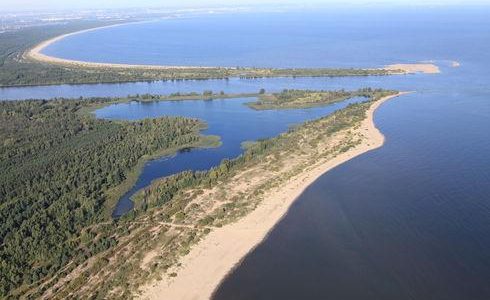Settlements on the high bank of the Vistula where Gniew now stands may have a very long history, but the place truly flourished as a significant town and military centre under the Teutonic rule. Gniew fell into the hands of Prussia’s rising and powerful Monastic State towards the end of the 13th Century, light-heartedly given away by the Pomeranian Duke Sambor, who wanted to win their help and support in the fight against his brother for their father’s legacy. For the Teutonic Knights it was a real treat, as they now had their first outpost to allow their expansion onto the left bank of the Vistula. They instantly went about erecting a castle, and soon after it was completed, they founded a town under Kulm law at its foot.
The Old Town in Gniew has preserved its its original mediaeval spatial arrangement dating back to the time of its founding. It may be described as an exemplary chartered town, both in terms of scale and layout. The town market – central, although now called Grunwald Square – is surrounded by relatively low and narrow tenements. Some of those tenements, despite numerous further modifications, have retained distinctive features of the Gothic style, particularly the sharp arches of the arcades characteristic of the Gniew market. In observance of Kulm law, the town hall was placed in the centre of the market square. The town hall in Gniew, although largely hailing from the 19th Century, has kept the relics of the original, much more extensive, town hall complex, which once featured a tower and an inner courtyard. The market square gives rise to a perpendicular network of streets, mostly with original houses, the number of which decreases with the distance from the town hall. Right next to the market square stands the Gothic Church of St. Nicolaus with genuine Baroque furnishings. The partly Gothic town walls have also survived, noticeable in several places among more recent structures.
When visiting Gniew castle we must take a break from the noise of battles or fairs and take a stroll round Gniew’s Old Town, which perfectly complements the castle’s “living history”.

















